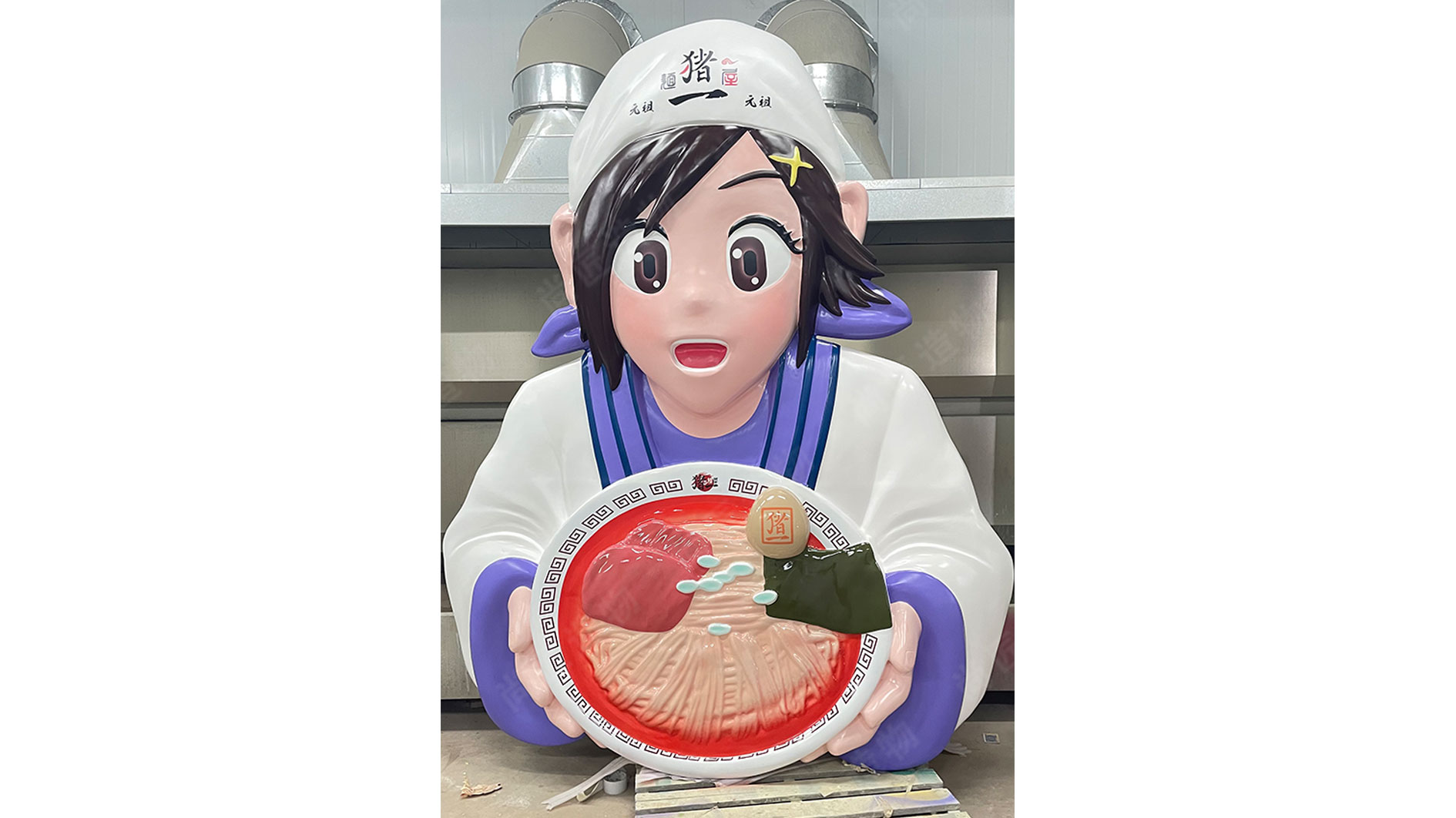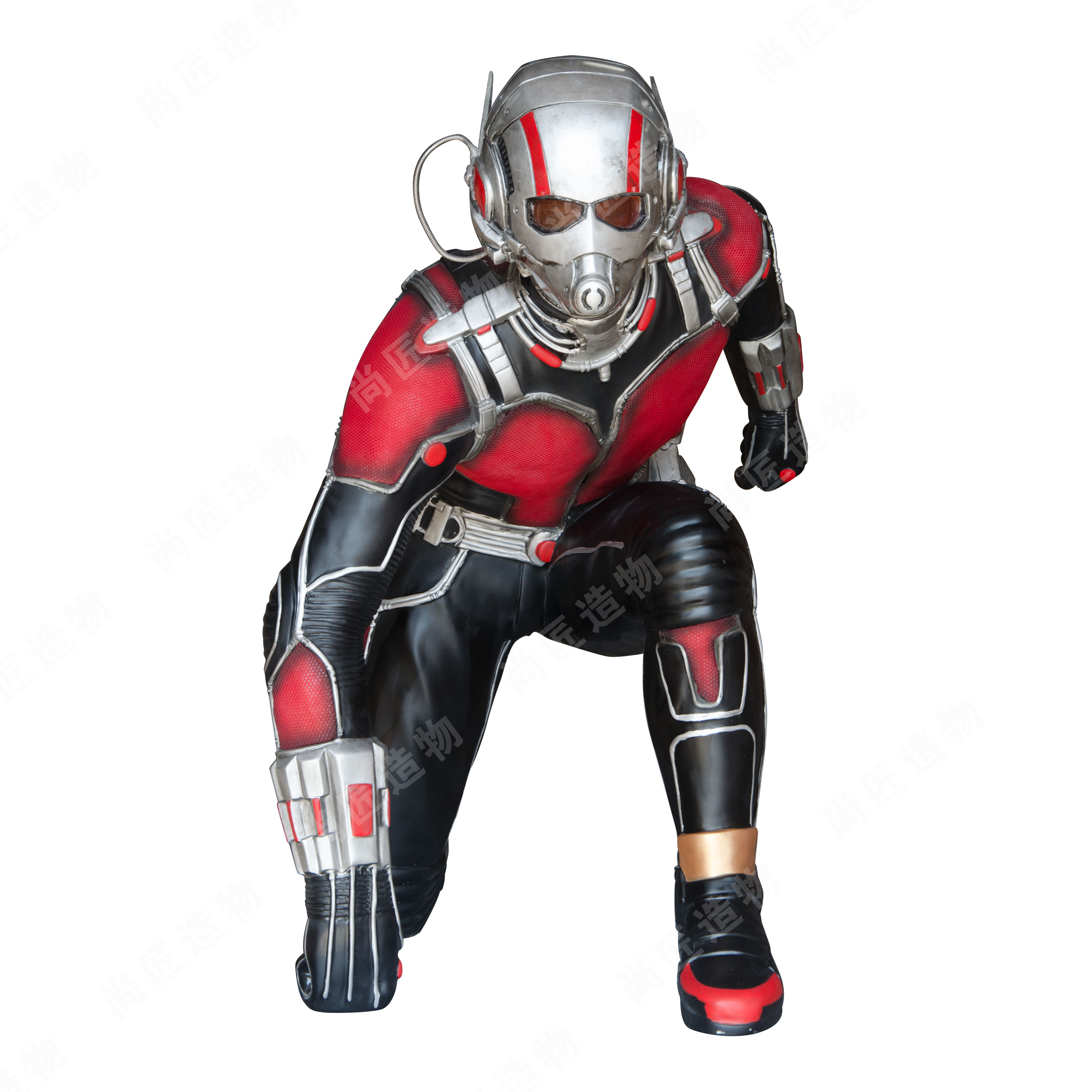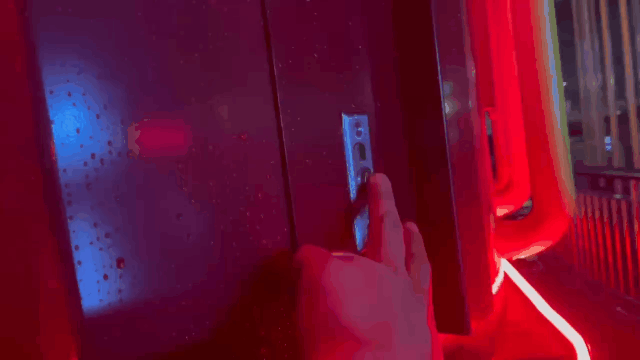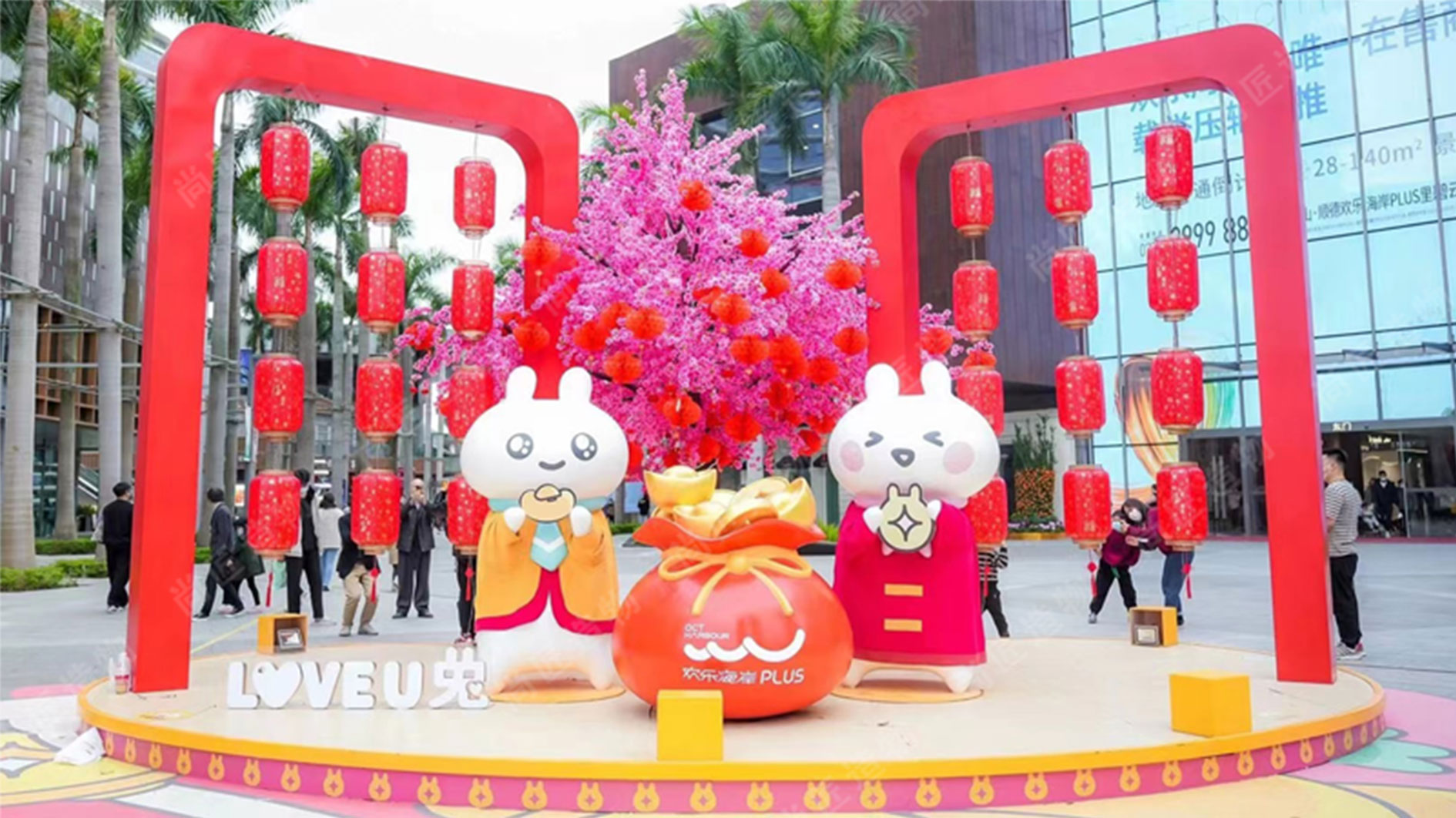Key Takeaways
FRP kinetic sculpture represents a distinct category within contemporary art, merging durable materials with engineered motion. These artworks utilize glass-fiber reinforced plastic (FRP), a composite known for its exceptional strength-to-weight ratio, making it uniquely suited for creating dynamic, moving forms. The inherent properties of FRP allow artists and designers to craft pieces that are not only visually compelling but also structurally capable of incorporating planned movement, whether driven by wind, motors, or mechanical interaction. This combination results in sculptures that are significantly lighter than comparable works in metal or stone, facilitating easier installation and enabling a wider range of kinetic possibilities. Furthermore, the material's excellent resistance to weather, UV degradation, and corrosion ensures these kinetic displays maintain their integrity and appearance over time, whether situated indoors within galleries or outdoors in public spaces or gardens. The core appeal lies in the fusion of artistic expression with the technical advantages FRP provides for motion.
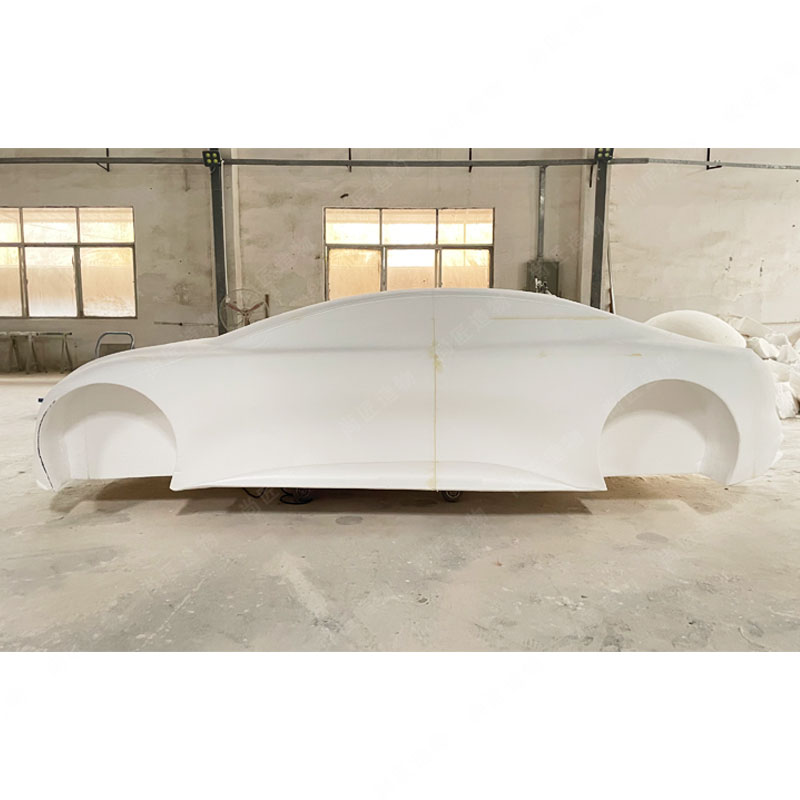
FRP Kinetic Sculptures Explained
FRP kinetic sculptures represent a modern fusion of artistic vision and advanced material science. These artworks utilize glass-fiber reinforced plastic (FRP), a composite material combining polyester resin with embedded glass fibers. This combination creates a structure that is exceptionally strong yet significantly lighter than traditional sculpting materials like bronze, stone, or solid wood. The defining characteristic of kinetic art is movement, and FRP's inherent properties make it uniquely suited for this purpose. Unlike heavier materials that require massive bases or complex engineering to move safely, FRP components can be designed with intricate balance points and responsive elements that react gracefully to environmental forces like wind or air currents, or even incorporate subtle motorized mechanisms. This inherent lightness allows for dynamic forms and complex motions that would be impractical or impossible otherwise.
"The magic of kinetic sculpture lies in its ability to capture a fleeting moment of motion, transforming space and perception. FRP is a vital tool in realizing this vision for contemporary artists." - Art Curator, Modern Installations Journal.
The versatility of FRP extends beyond enabling movement. It is highly resistant to weathering, UV degradation, moisture, and corrosion, making these sculptures remarkably durable for both indoor galleries and demanding outdoor public spaces. Artists value FRP not only for its physical properties but also for its workability; it can be molded into incredibly detailed and complex shapes, capturing fine textures and forms, including remarkably Realistic sculpture. This flexibility allows sculptors to translate intricate designs into dynamic pieces capable of sustained performance in diverse environments. The practical advantages of FRP also influence installation logistics and long-term maintenance costs.
Key Material Advantages of FRP for Kinetic Sculptures:
| Property | FRP | Traditional Materials (e.g., Bronze, Stone) |
|---|---|---|
| Weight | Very Lightweight | Very Heavy |
| Durability | Excellent weather & corrosion resistance | Prone to weathering/patina (Bronze), Erosion (Stone) |
| Design Freedom | High (complex shapes, fine details) | Moderate to Low (limited by carving/casting) |
| Movement Ease | High (responsive to subtle forces) | Low (requires significant force/engineering) |
| Installation | Easier, often requires less support | Complex, needs heavy foundations/support |
Tip:When considering placement for an outdoor FRP kinetic sculpture, factor in prevailing wind patterns to maximize the natural movement potential of the piece.
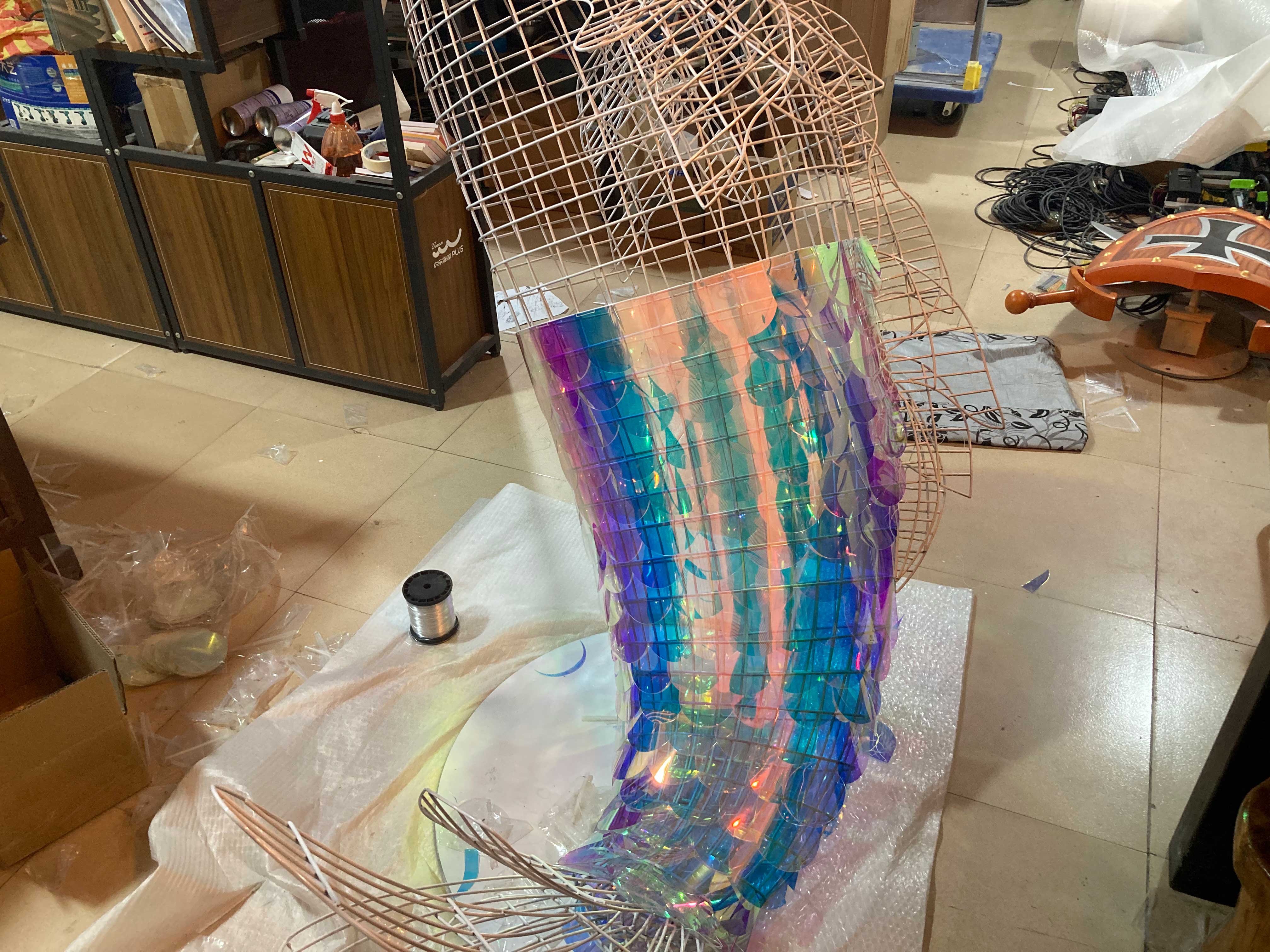
The Art of Moving Fiberglass
The unique properties of glass-fiber reinforced plastic (https://en.artmovr.com/), pushing the boundaries of what moving art can be.
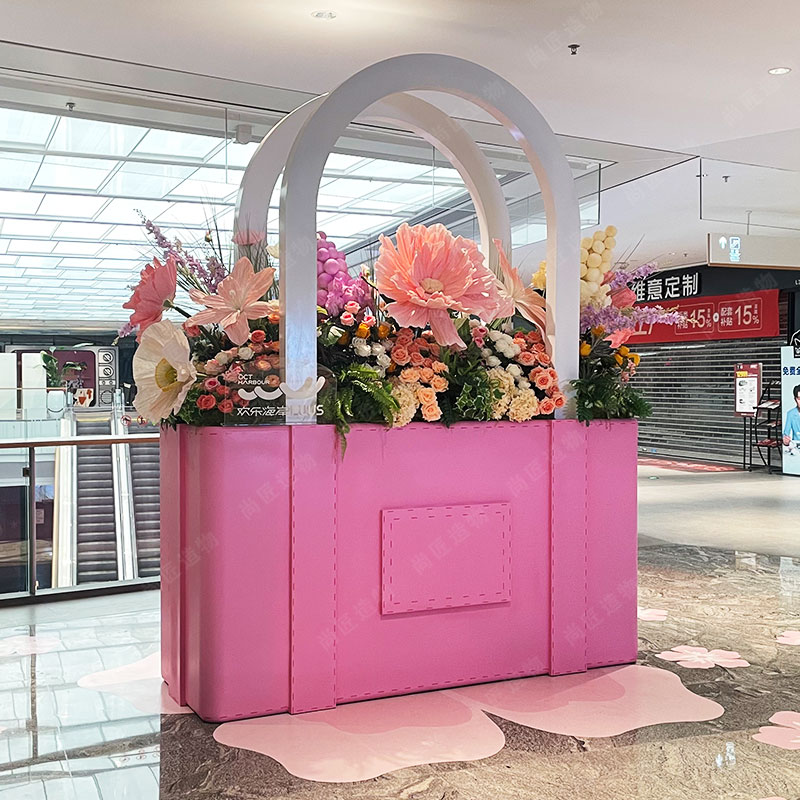
Lightweight Dynamics in Sculpture
The exceptional lightness of fiberglass-reinforced plastic fundamentally transforms kinetic art possibilities. Unlike traditional bronze or stone sculptures requiring massive structural supports for movement, FRP components enable fluid motion with minimal mechanical intervention. This material characteristic allows delicate balance points and subtle wind-activated rotations impractical with heavier media. Installers benefit significantly during setup—large sections can be positioned manually without cranes, while reduced load stress permits creative mounting on cantilevers or slender columns. The weight advantage extends artistic freedom for dynamic compositions, including whimsical floating forms and intricate suspended arrangements. Even elaborate pieces like Cartoon sculptureachieve buoyant motion characteristics. Engineers leverage this property to design energy-efficient drive systems where small motors can initiate cascading movements throughout complex assemblies. Consequently, FRP kinetic sculptures maintain operational reliability with lower maintenance needs compared to weighted alternatives.
Weatherproof Motion Artworks
The inherent resilience of Fiberglass Reinforced Plastic makes it exceptionally suited for kinetic sculptures destined for outdoor display. FRP withstands prolonged exposure to harsh environmental elements without degrading. This includes resistance to intense UV radiation, which prevents fading and surface deterioration, protection against moisture ingress that could damage internal mechanisms or cause warping, and tolerance to extreme temperature fluctuations that might crack other materials. Its non-corrosive nature ensures it remains unaffected by salt spray in coastal areas or pollution in urban settings. This robust weatherproofing allows the sculptures to maintain their structural integrity and aesthetic appeal over years, functioning reliably in rain, snow, or intense sun. Consequently, artists and designers gain immense freedom to place these dynamic pieces in gardens, plazas, building facades, or even waterfronts, confident they will endure. This durability also extends to creating unique, long-lasting IP character sculpturefor demanding outdoor environments. The material's stability ensures the precisely engineered movement elements operate smoothly regardless of the weather, providing consistent visual interest.

Indoor Outdoor Kinetic Displays
The unique versatility of FRP kinetic sculptures shines brightest in their seamless transition between indoor and outdoor environments. Engineered from durable glass-fiber reinforced plastic, these artworks inherently resist the damaging effects of weather, moisture, and UV radiation that typically degrade other materials outdoors. This resilience allows them to function as captivating focal points in gardens, plazas, or building exteriors for years. Simultaneously, their significantly lighter weight compared to traditional bronze or stone sculptures makes them far safer and more practical for indoor installations in settings like atriums, galleries, museums, and corporate lobbies. The movement element adds a dynamic layer to any space, whether it's interacting subtly with indoor air currents or responding boldly to outdoor winds. This dual-environment capability significantly broadens the scope for artists and designers, enabling cohesive artistic statements that flow effortlessly from inside to outside. The practical benefits of Fiberglass sculpturethus directly support the artistic vision of kinetic displays suitable anywhere.
Designing Movement with FRP
The unique properties of FRP make it exceptionally well-suited for creating kinetic sculptures. Its inherent lightness significantly reduces the structural demands needed for moving parts, allowing for larger, more ambitious dynamic forms than heavier materials like stone or metal. This flexibility allows artists to design intricate articulations – limbs that sway, elements that rotate, or shapes that appear to ripple – without requiring massive, cumbersome support systems. Engineers carefully calculate balance points, pivot locations, and counterweights, often integrating bearings or low-friction materials directly into the FRP structure during the molding phase. The material can be precisely shaped into aerodynamic profiles that catch the wind efficiently for natural movement, or it can house discreet mechanical components for programmed motion. This combination of artistic vision and material science enables the creation of sculptures that transform static spaces into engaging environments of changing form and shadow, distinct from the often more rigid permanence of a stainless steel sculpture. The technical complexity involved in achieving reliable, long-lasting motion adds significant value to these artworks.
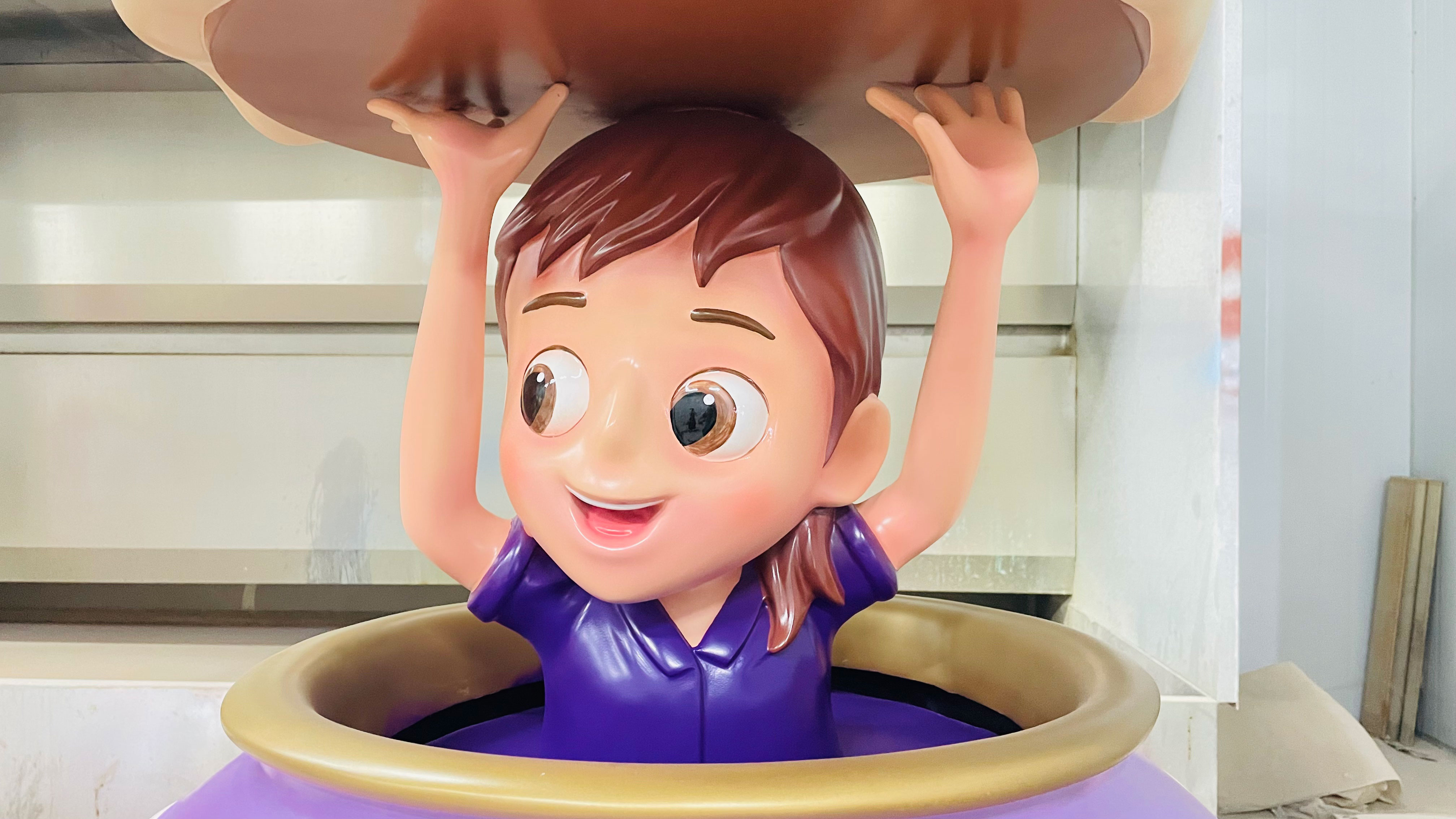
Investing in Dynamic Sculptures
Consequently, acquiring an FRP kinetic sculpture represents a strategic investment for both private collectors and public institutions seeking distinctive, long-lasting art. The fundamental properties of fiber-reinforced plastic – its exceptional strength-to-weight ratio, inherent resistance to corrosion, and minimal maintenance demands – translate directly into tangible financial and practical benefits. Unlike heavier metal sculptures requiring complex structural support or pieces vulnerable to weather degradation, FRP kinetic art offers remarkable durability with significantly lower ongoing care costs. Its lightweight nature further simplifies transportation and installation, reducing associated expenses and expanding potential display locations. Furthermore, the material's versatility allows for intricate, fluid movement designs that remain reliable over time. This combination of artistic innovation, resilience against environmental factors, and installation flexibility ensures the artwork retains its visual impact and structural integrity, safeguarding its value for years.
Modern Spaces with Moving Art
Integrating kinetic art into contemporary environments fundamentally transforms the experience of a space. Furthermore, FRP sculptures excel in this role due to their inherent suitability for modern design principles. Their significant lightweight nature allows for versatile placement on walls, suspended from ceilings, or incorporated into architectural features without demanding heavy structural support. Consequently, this opens up creative possibilities in settings ranging from sleek corporate atriums and minimalist galleries to cutting-edge residential interiors and public plazas.
The dynamic element introduced by these moving fiberglass pieces creates a captivating focal point, engaging viewers and adding a layer of constant, gentle change to otherwise static surroundings. Moreover, the material's proven weather resistance ensures these kinetic sculptures perform reliably outdoors, bringing artistic movement to terraces, gardens, and building facades. This durability, combined with the freedom of movement offered by FRP, makes them ideal for architects and designers seeking to inject sophisticated, living art into both indoor and outdoor modern spaces. The subtle motion invites contemplation and subtly alters the atmosphere throughout the day.
Conclusion
As we've explored, FRP kinetic sculpture offers a compelling blend of artistic expression and practical engineering. Its defining characteristics—being remarkably lightweight yet exceptionally durable and weather-resistant—make it uniquely suited for creating dynamic art that moves. This material allows artists to design complex, flowing forms that respond to environmental elements like wind or water, or incorporate mechanical systems, bringing a captivating sense of life to both indoor galleries and challenging outdoor settings. Ultimately, the fusion of fiberglass-reinforced plastic with kinetic principles provides artists and designers with a versatile, modern medium. It enables the creation of enduring, dynamic installations that enhance public spaces, private collections, and architectural environments, adding a unique dimension of movement and visual interest that evolves over time.
FAQs
How does FRP enable movement in sculptures?
FRP's exceptional strength-to-weight ratio allows thin, flexible sections to respond to air currents or mechanical systems without breaking, unlike heavier materials.
Are these sculptures truly weather-resistant?
Yes. The fiberglass reinforcement and resin matrix create a non-corrosive material that withstands UV exposure, rain, snow, and temperature fluctuations far better than metal or wood.
Where are FRP kinetic sculptures typically installed?
They excel in both environments. Their lightweight nature suits indoor ceilings or walls, while their weather resistance makes them ideal for gardens, public plazas, pool areas, and building facades outdoors.
What kind of movement do they create?
Movement depends on the design. Common types include gentle rotations, swaying motions, fluttering elements, or balanced oscillations, often activated by wind or subtle mechanical drives.
Do FRP kinetic sculptures require much maintenance?
Minimal maintenance is needed. Occasional cleaning with mild soap and water to remove dust or debris is usually sufficient, thanks to the material's inherent durability and finish.
Why choose FRP over metal for kinetic art?
FRP offers significant advantages: it's much lighter (reducing structural support needs), doesn't rust, allows for more intricate shapes, and is generally less expensive to fabricate and install.
 ch
ch English
English

